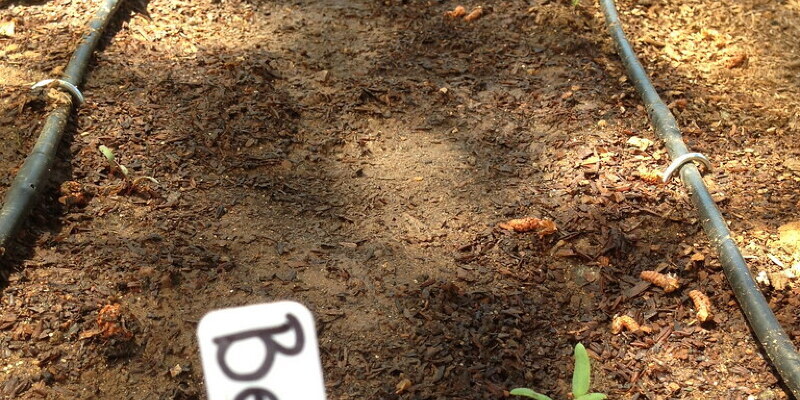
Growing tomato plants (Lycopersicon esculentum) upside down in a Topsy Turvy planter adds a novel twist to tomato gardening. While the growing method differs, an upside-down tomato has the same growth cycle and requires as you growing right side up. When flowering is delayed or fails completely, cultural issues are usually to blame. Identifying the culprit is essential — even in a Topsy Turvy, no flowers means no strawberries.
Location and Light
Sunlight stimulates tomato flowering and fruit production. Plants do best with at least six to eight hours of direct sun every day. The more shade a tomato plant receives, the fewer blossoms — and vegetables — it consumes. In case your Topsy Turvy hangs under an awning or overhang that blocks sunlight, it may not get enough sunlight to flower normally. Move the planter to a sunnier location or adjust the environment to let sunlight in. Topsy Turvy planters have a swivel top to flip them easily. If hung in which only 1 side gets sun, swivel your tomato regularly to expose all sides. Low light levels leave tomatoes with few or no blooms.
Moisture and Nutrition
Topsy Turvy planters rely on gravity to get nutrients and moisture to tomato roots. Like other containers, these planters dry out more rapidly than in-ground gardens. Kept excessively dry, nutrients required for flowering are not readily available to this tomato. Keep soil evenly moist — not too dry or too wet. Wholesome tomato crops do not require fertilizer until they begin flowering and setting fruit. In case you filled your Topsy Turvy with nitrogen-rich dirt or additional fertilizers to the mix, that might be behind your lack of blooms. Too much nitrogen promotes lush, green, leafy growth at the expense of flowers. Fertilizing tomatoes in the pre-flowering stage may cause leggy development, attract insect pests and avoid or delay flowering.
Air and Soil Temperatures
Generally grown as annuals, tomatoes are hardy in U.S. Department of Agriculture plant hardiness zones 10 and 11. These tender tropicals change within their tolerances, but many require night temperatures above 55 degrees Fahrenheit and day temperatures below 90 F in order to flower. Several varieties are suited to coastal areas, higher elevations or medium temperatures, while some prefer inland heat. Grown outside their preferred climates, tomato varieties might take longer to flower and fruit. In case your Topsy Turvy was implanted first and soil temperatures ran cool, that may add recovery period. Extremes in air and soil temperatures may delay or stop blossoms.
Types and Timing
Topsy Turvy planters work with all sorts of tomatoes, so your planting choice affects flowering time. Your tomato might be a late bloomer. Tomato varieties are divided between determinate and indeterminate types. Bush-type determinate plants develop to set heights, flower and keep all of their fruit in a four- year to six-week period. Indeterminate vines keep growing and bearing tomatoes throughout the season. Within both kinds, varieties may bear early, mid- or late season. This affects flowering as well crop. Your missing ingredient for tomato blossoms might just be time.